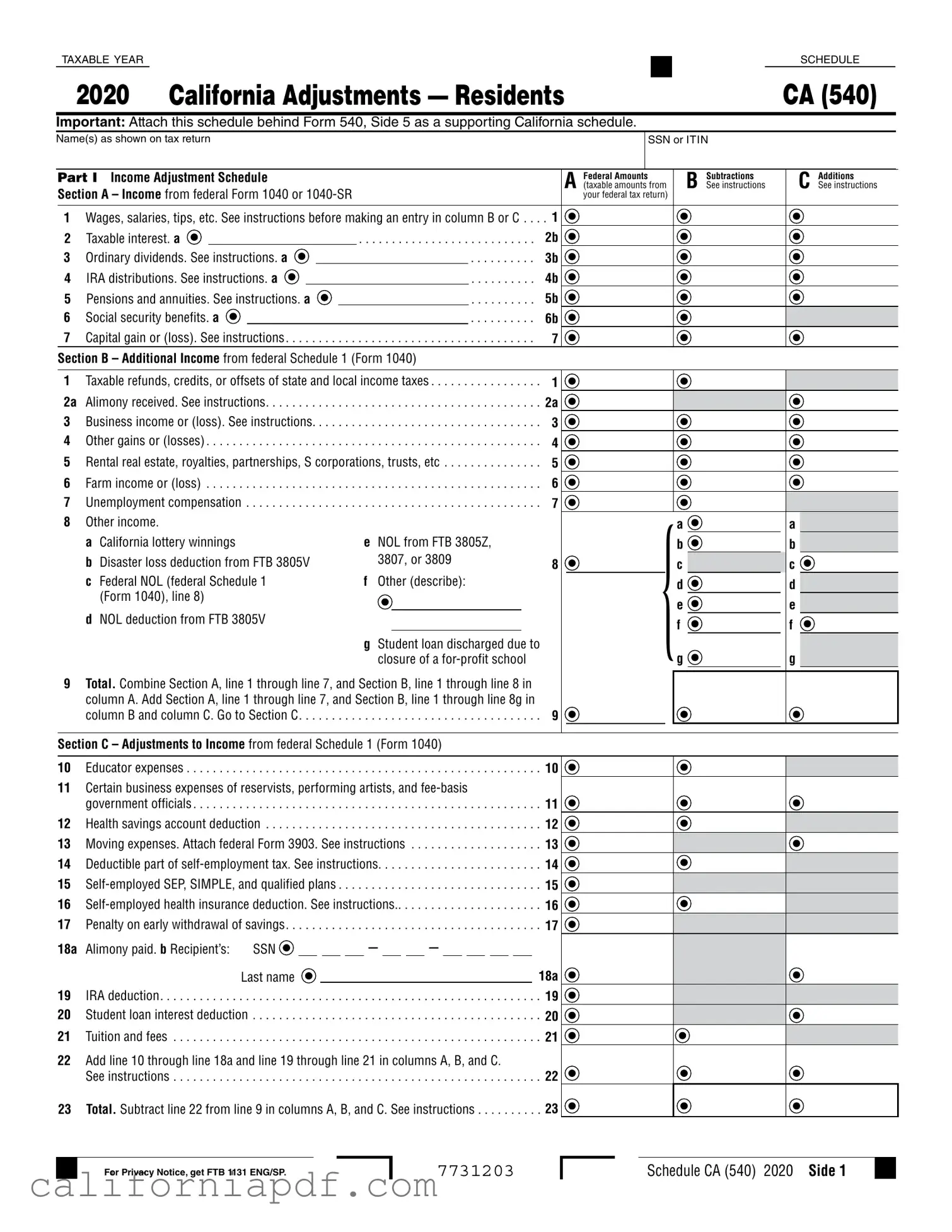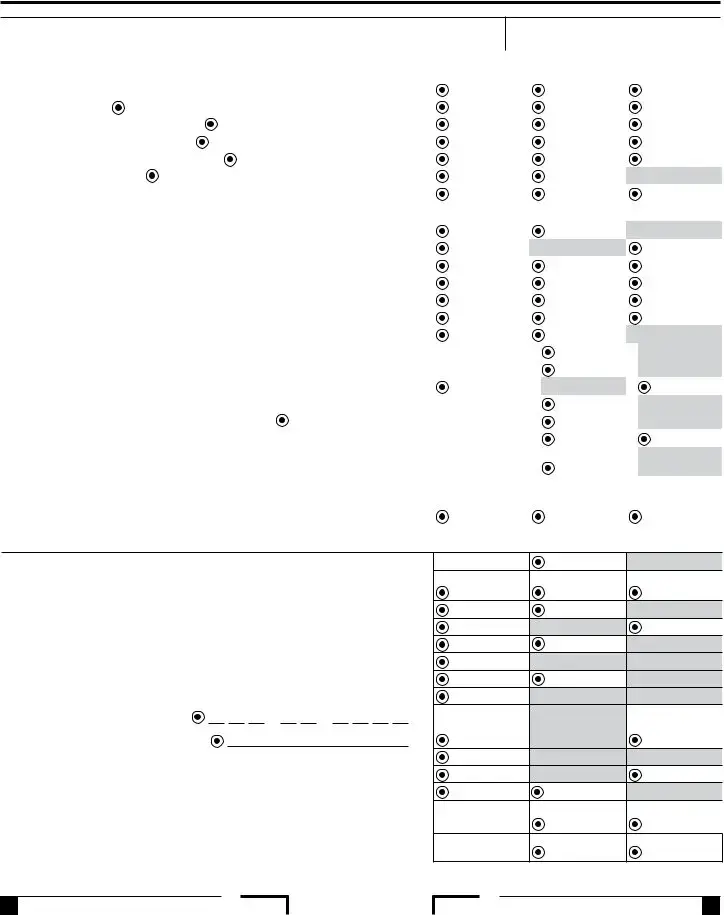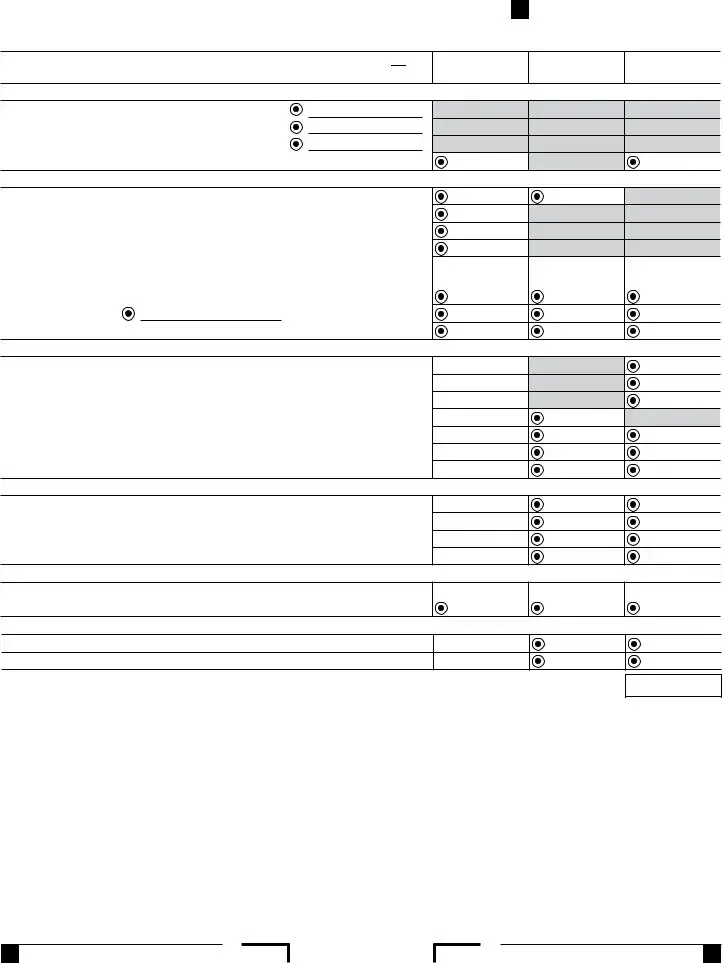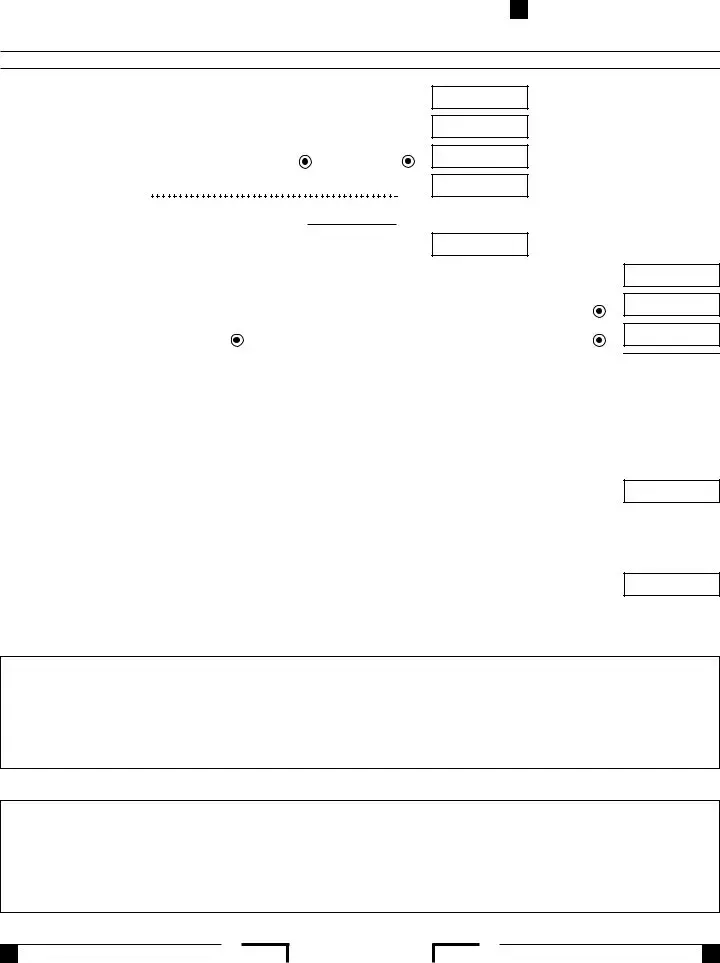The Schedule California 540 form, specifically designed for California residents, bears similarities to several other documents utilized in the calculation and filing of state and federal taxes. These documents, though varied in their application, share commonalities in adjusting gross income, itemizing deductions, or relating to specific financial adjustments, reflecting the nuances of tax law and accounting principles across different jurisdictions. Here, we delve into ten such documents and elucidate on how they parallel the features of the Schedule CA (540).
Firstly, the IRS Form 1040 is akin to the Schedule CA (540) in its fundamental purpose of determining the tax liability of individuals. Form 1040 is the cornerstone of federal tax returns for individuals, capturing all sources of income, adjustments, and credits, much like the CA (540) does for California state taxes. Both forms serve as the primary documents for individual tax filings in their respective domains, highlighting income, deductions, and credits to compute the total tax owed or refund due.
On that note, the IRS Schedule 1 (Form 1040) shares similarities with Schedule CA (540) by providing additional income types and adjustments to income not directly listed on the main form. It includes less common income sources and deductions, such as business income, alimony received, educator expenses, and student loan interest deduction, which are integral to tailoring the tax calculation process to an individual's financial circumstances.
The IRS Schedule A (Form 1040) for itemized deductions mirrors the itemized deductions section of Schedule CA (540), allowing taxpayers to list various types of expenses eligible for deduction. Both schedules allow taxpayers to subtract certain personal expenses, like medical and dental expenses, state and local taxes, mortgage interest, and gifts to charity, from their gross income, reducing their taxable income.
IRS Form 2106, related to employee business expenses, resonates with the unreimbursed employee expenses section of Schedule CA (540). While the tax law changes have limited the deductions for these expenses on the federal level, the similarity lies in the provision for deducting job-related expenses that are not reimbursed by an employer, emphasizing the intersection of employment and taxation.
The Federal Schedule D (Form 1040), concerning capital gains and losses, aligns with the capital gain or loss reporting on Schedule CA (540). These documents reconcile the results of investments, real estate transactions, and other asset dispositions, emphasizing the tax implications of profit and loss in asset management across federal and state lines.
Similarly, Federal Form 4684 for casualties and thefts corresponds to the casualty and theft loss deduction sections in Schedule CA (540), catering to unforeseen financial losses due to disaster or theft. This illustrates the tax system's acknowledgment of personal and financial hardship, providing a mechanism for relief.
IRS Form 3903, which calculates moving expenses, reflects the shifting landscape of tax-deductible expenses, akin to how Schedule CA (540) has provisions for adjustments related to specific expenses, such as those related to jobs or education. Though recent tax law changes have limited the federal deductibility of such expenses, the conceptual parallel lies in recognizing significant life changes in tax calculations.
The IRS Form 1098 is instrumental for mortgage interest deduction, paralleling the interest you paid section in Schedule CA (130). Both forms require taxpayers to report mortgage interest paid during the year, significantly impacting homeowners’ tax liabilities by reducing taxable income.
IRS Form 5329, for additional taxes on IRAs and other tax-favored accounts, shares a common ground with Schedule CA (540) through the lens of addressing specific tax implications of retirement savings distributions and penalties. It highlights the intricate tax considerations surrounding retirement planning and savings.
Last but not least, IRS Form 8839, related to qualified adoption expenses, mirrors the broader principle of targeted tax benefits explored in Schedule CA (540) for specific life events. While Schedule CA (540) doesn't deal directly with adoption expenses, both documents exhibit the tax code's capacity to accommodate diverse aspects of personal finance, underscoring the nuanced approach to individualized tax situations.
In sum, the Schedule CA (540) intersects with various other tax documents, illustrating the complex framework of adjustments, deductions, and credits that define the tax landscape for California residents. Exploring these connections provides valuable insights into the multi-faceted nature of tax preparation and planning, highlighting the importance of detailed record-keeping and awareness of applicable tax laws.


































